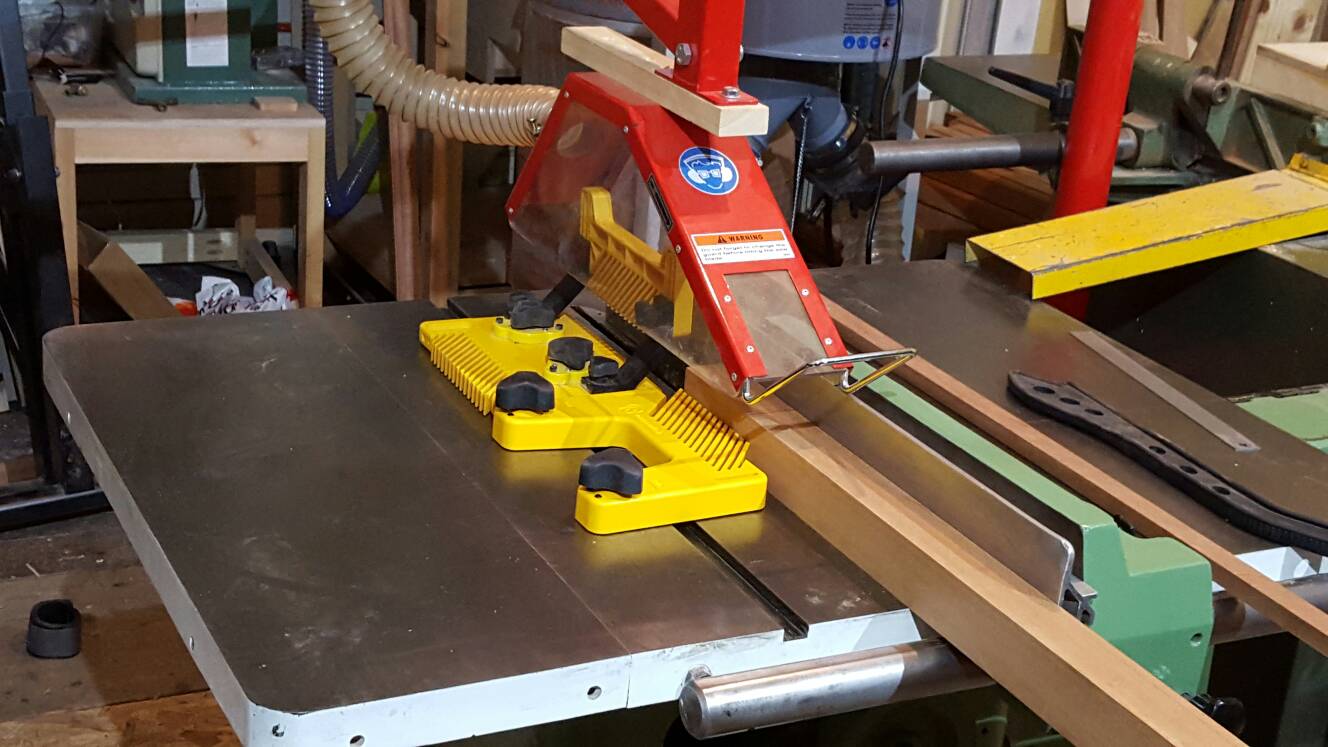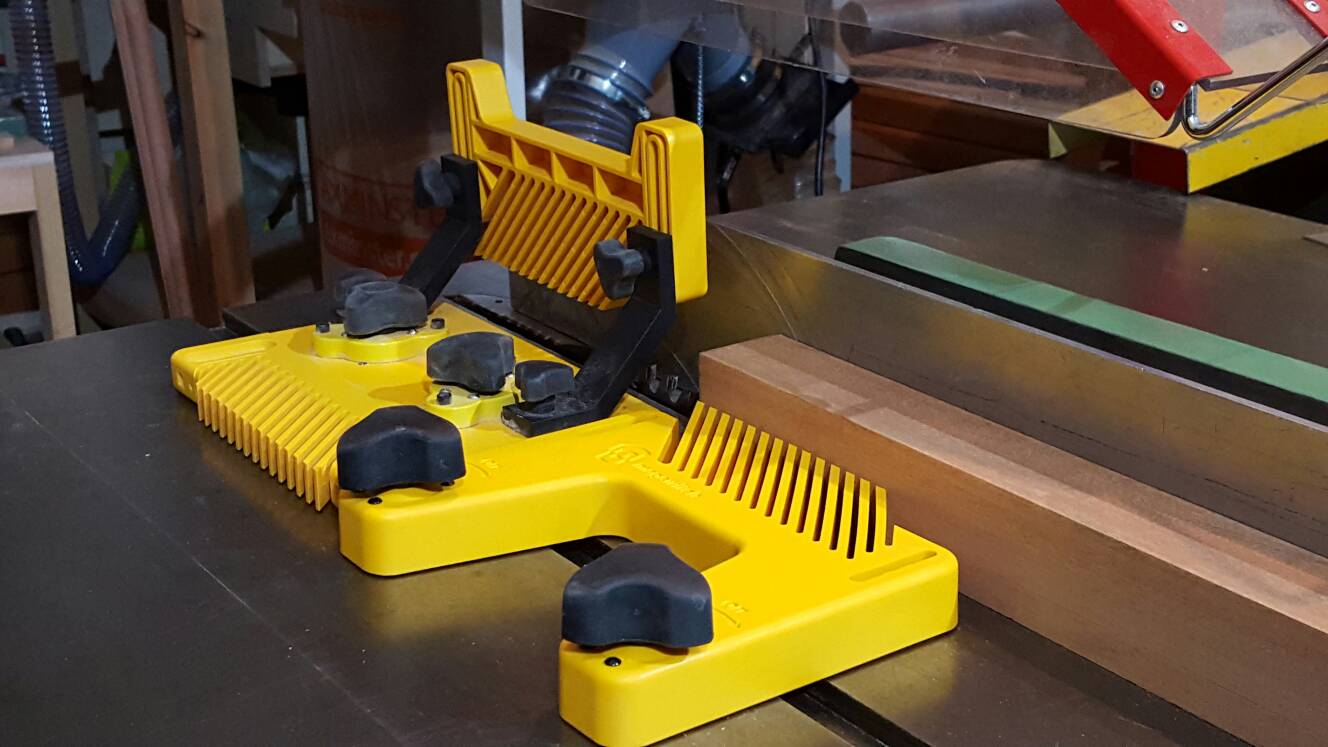As others have indicated, using a saw for this task is perfectly possible, but somewhat frowned upon from a UK regulations point of view, unless you can provide alternative guarding to keep fingers away from the blade, and to prevent kickback. A simple solution that adds a good measure of safety would be to cut a piece of 6 mm plywood or MDF to fit on the face of the rip fence. This is a sacrificial piece to prevent the sawblade damaging the fence later.
Next, drop the blade below the table, place a piece of your wood to be rebated against the sacrificial piece/ saw rip fence and simply clamp a piece of straight edged wood to the fence with its bottom edge set on top of the project piece. The hold down covers the blade and holds the working piece down. Perhaps even better would be to cut fingers in the edge of the hold down that add extra pressure through pressing down as you apply the clamps to lock the hold down to the fence - plywood would be a good choice for both types of hold down. If the riving knife sits above the blade, you'll have to remove it temporarily. And if the rip fence locks only at the infeed end, you may also need to clamp the outfeed end down to prevent any chance of the fence/hold down arrangement lifting in use.
Set the sawblade to the correct height and take out the rebate in a series of steps through moving the rip fence as needed, and use push sticks to add a further margin of safety. Slainte.




































